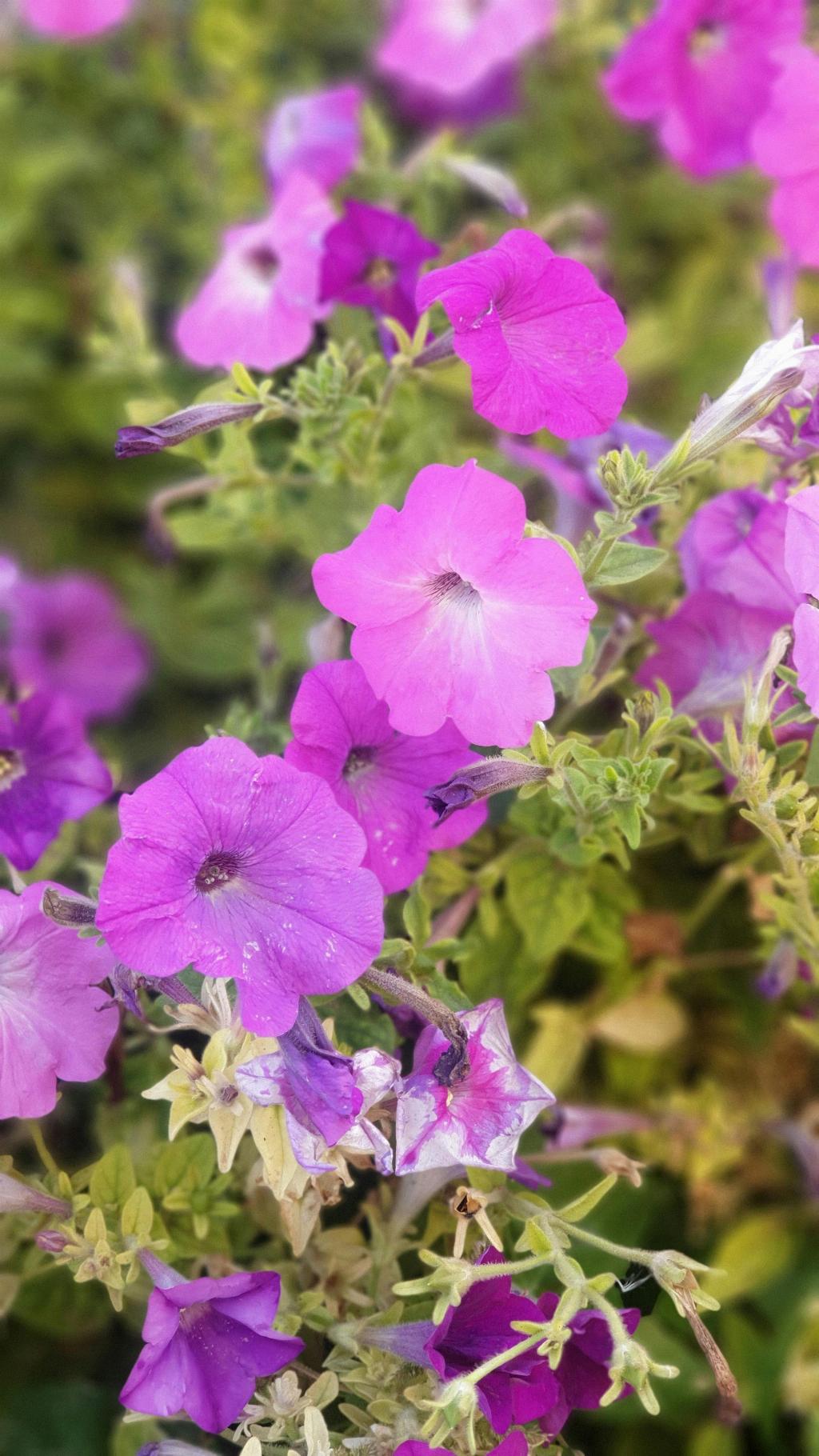When it comes to nurturing your petunias, one of the crucial aspects to consider is how much water they require. Petunias, known for their vibrant blooms and resilience, have moderate requirements when it comes to watering. Understanding the watering needs of petunias is essential for maintaining their health and ensuring they thrive in your garden or containers.
Frequent Watering for Spreading Petunias
If you have spreading petunias in your garden or hanging baskets, it’s important to note that they typically require more frequent watering compared to other types of petunias. These varieties tend to have a higher water demand due to their growth habits, as they spread and sprawl, needing consistent moisture to support their development.
Heat Tolerance and Water Requirements
Petunias are known for their exceptional heat tolerance, making them a popular choice for gardens in warm climates. Despite their ability to withstand high temperatures, petunias still require adequate water to thrive. While they are relatively undemanding in terms of water compared to some other plants, maintaining proper hydration is crucial for their overall health.
Best Practices for Watering Petunias
For most petunias, a consistent watering schedule is key to promoting healthy growth. In general, petunias benefit from deep, thorough watering once a week, especially during dry periods. Watering deeply encourages the roots to grow downward, promoting a strong and resilient root system that can better withstand drought conditions.
Adjusting Watering Frequency Based on Weather
During periods of particularly hot or windy weather, petunias may require more frequent watering to prevent dehydration. When temperatures soar, evaporation rates increase, leading to quicker soil drying. Keeping an eye on the weather forecast and adjusting your watering schedule accordingly can help ensure your petunias receive adequate moisture.
Signs of Overwatering and Underwatering
Properly assessing the moisture level of your petunias’ soil is vital for preventing both overwatering and underwatering. Overwatering can lead to root rot, while underwatering can result in wilting and stunted growth. Monitoring your petunias closely for signs of overwatering or underwatering, such as yellowing leaves or soggy soil, can help you adjust your watering practices accordingly.
Watering Petunias in Containers
If you’re growing petunias in containers or hanging baskets, keep in mind that they may require more frequent watering than those planted in the ground. Containers tend to dry out faster due to increased exposure to air and sunlight, so it’s essential to check the moisture levels regularly and water as needed to keep the soil consistently moist but not waterlogged.
Choosing the Right Watering Method
When watering petunias, opt for a gentle watering method to prevent soil compaction and root damage. Consider using a watering can with a fine rose attachment or a soaker hose to deliver water evenly and gently to the root zone. Avoid splashing water on the foliage, as wet leaves can increase the risk of fungal diseases.
Watering Petunias During Rainy Periods
During periods of frequent rainfall, you may need to adjust your watering schedule to account for the extra moisture. While petunias generally prefer well-draining soil, excessive rainfall can lead to waterlogging, which can be detrimental to their health. Allow the soil to dry out slightly between waterings to prevent waterlogged conditions.
Monitoring Soil Moisture Levels
Regularly checking the moisture levels of the soil around your petunias is crucial for determining when to water. Stick your finger into the soil to assess its moisture level – if it feels dry to the touch, it’s time to water. By monitoring the soil moisture consistently, you can prevent both drought stress and waterlogged conditions in your petunias.
Importance of Proper Drainage
Ensuring that your petunias have adequate drainage is essential for preventing waterlogged soil and root rot. If you’re planting petunias in containers, make sure they have drainage holes to allow excess water to escape. In garden beds, amend heavy clay soils with organic matter to improve drainage and create a healthy growing environment for your petunias.

Conclusion
By understanding the unique watering needs of petunias and implementing proper watering practices, you can help your petunias thrive and flourish throughout the growing season. Whether you’re growing spreading petunias that require more frequent watering or traditional varieties that benefit from deep, infrequent watering, monitoring soil moisture and adjusting your watering routine accordingly is key to promoting healthy growth and vibrant blooms.
